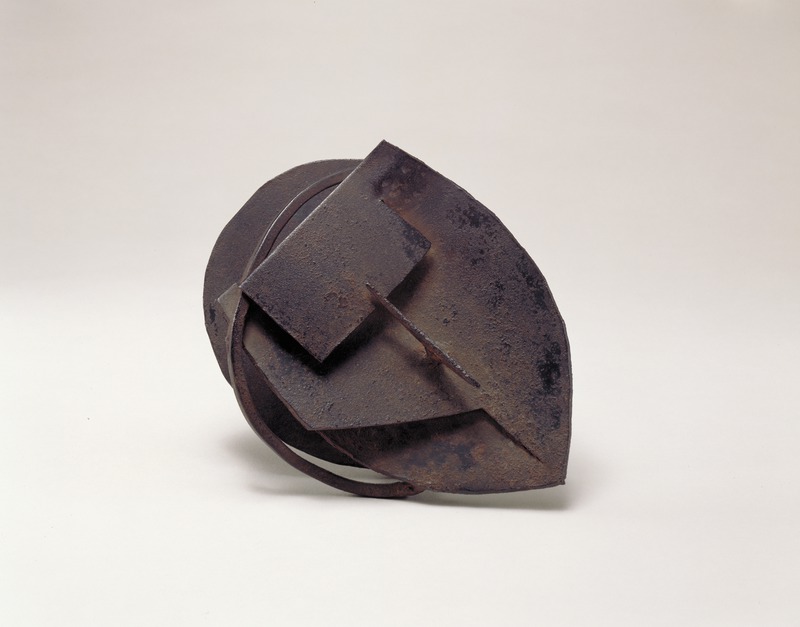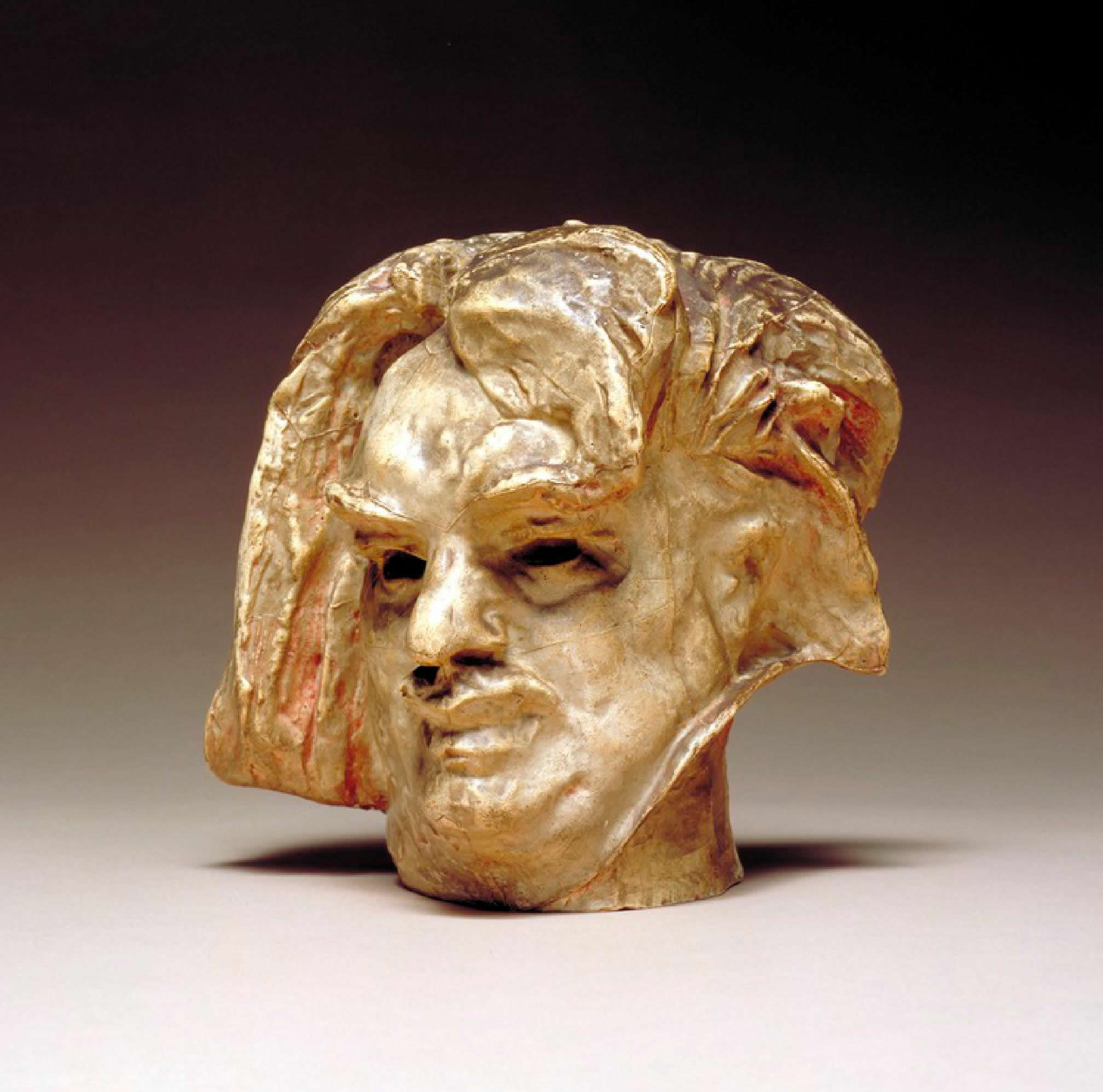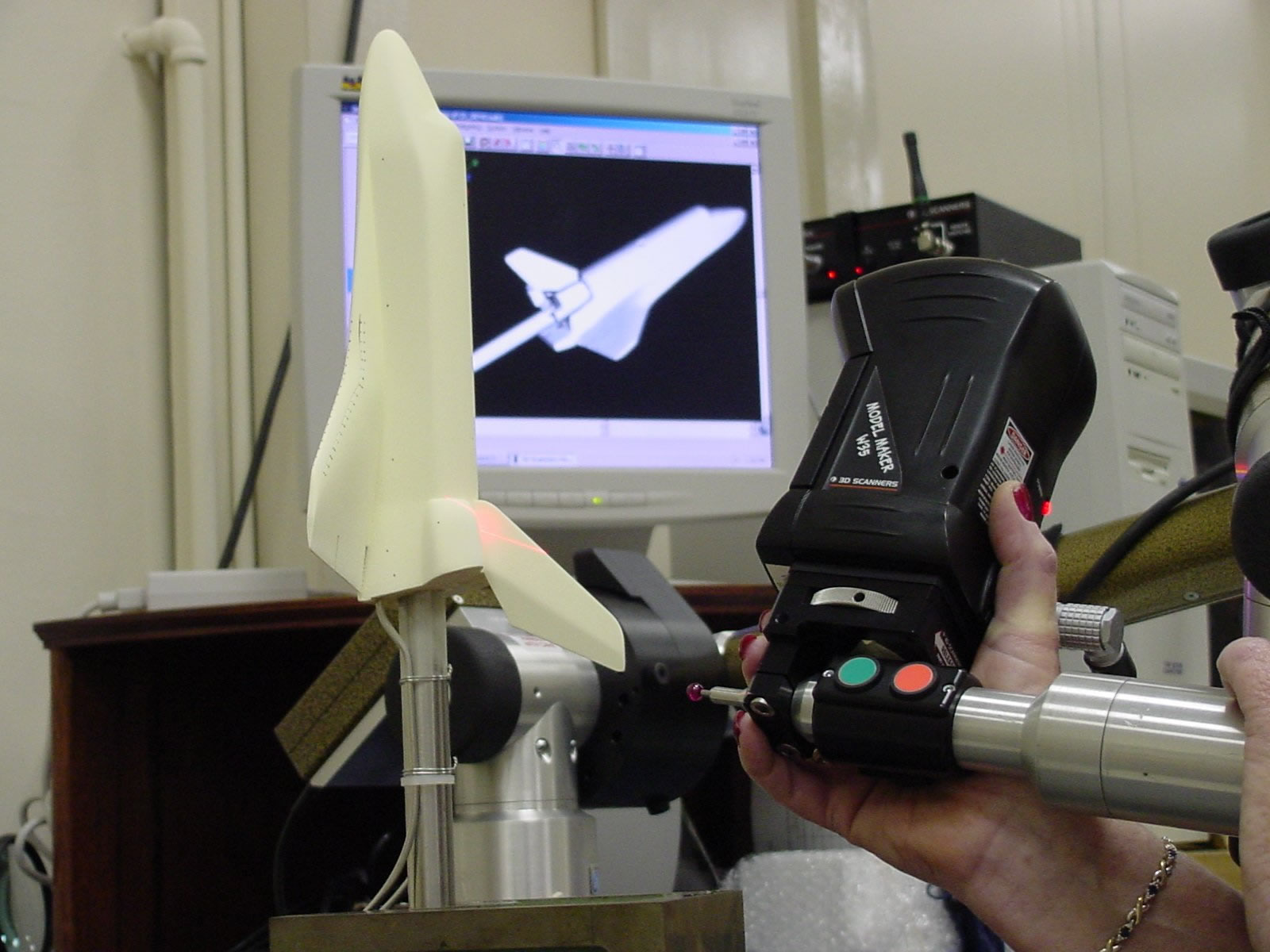NVision, a Texas-based 3D scanner manufacturer, has collaborated with the Nasher Sculpture Center in Dallas to help produce 3D printed replicas of historical sculptures for the visually impaired.
The company scanned several sculptures by renowned artists Auguste Rodin, Julio González and Raymond Duchamp-Villon. The scan data was then used to 3D print scale replicas of the statues for a joint workshop at the Nasher with the Dallas Lighthouse for the Blind, an organization dedicated to improving the quality of life for those who are blind or visually impaired.
3D scanning and 3D printing the sculptures helped to provide a tactile educational experience for attendees of the workshop, allowing them to touch the famous sculptures and subsequently feel their appearance. “Who has not been tempted to touch an artwork by a master like Rodin? These scans make that wish possible for everyone to experience,” commented Lynda Wilbur, Manager of Tour Programs at the Nasher. “It is particularly meaningful when visually enjoying the lines, textures and emotive qualities of a work is not possible due to blindness.”
“These [3D] scans of works by significant artists of the 20th century allow our public a rare, hands-on experience.”

The Nasher Sculpture Center
Situated within the Dallas Arts District, the Nasher is dedicated to fostering the study of modern and contemporary sculpture. It is home to the Raymond and Patsy Nasher Collection, which features over 300 works designed by some of history’s most revered artists, including Picasso, Calder, de Kooning, Matisse, Rodin, Serra and more.
The Nasher’s collaborative workshop with the Dallas Lighthouse is a reflection of its goal to nurture the appreciation of sculpture, helping the blind and visually impaired experience these great works of art as well. Three sculptures were selected by the Nasher to be scanned and 3D printed for the workshop. These included Auguste Rodin’s Hanako and Head of Balzac, and Julio González’s Mask: Reclining Head, which were chosen as they suited the criteria. Each of the sculptures are not heavily detailed, therefore easing the 3D scanning and printing process. Furthermore, they are all within the public domain, thus avoiding any copyright issues, and are suitable for a portrait study.

NVision 3D scanning helps to replicate sculptures
To help scan the selected sculptures, the Nasher partnered with NVision. Founded in 1990, NVision provides non-contact optical measurement systems and services for the purposes of reverse engineering and inspection. The company delivers both contract scanning services and 3D scanner systems sales to firms in North America, focusing specifically on the aerospace, power generation, and oil/gas sectors. Its other clients include the likes of Boeing, GE, Lockheed Martin, NASA, Toyota and Siemens.
NVision was selected by the Nasher due to its experience with 3D scanning services for museums and the arts as well. Previously, the company had scanned the works of sculptor Somers Randolph and Balloon Flower, a sculpture by Jeff Koons, for preservation and reproduction.
The three sculptures were scanned at Nasher’s Conservation and Art Storage facilities by NVision technicians, with assistance from Nasher’s professional handlers. Using NVision’s portable HandHeld 3D laser scanner, technicians were able to collect data on the sculptures’ unique and complex geometries. The scanner comes attached to a mechanical arm, allowing it to maneuver around the object.
Upon completion of the three scans, NVision then offered to perform an additional scan of a fourth piece: “NVision was already giving us a special rate for three works, so scanning an additional fourth piece was quite generous,” explains Anna Smith, Curator of Education at the Nasher. Raymond Duchamp-Villon’s Baudelaire (1911) was selected by Nasher as the fourth work to be scanned.
Altogether, the four sculptures took two-and-a-half hours to scan. Once the sculptures’ point cloud data was converted to a raw STL file, the necessary steps were taken to convert the data to a CAD model for 3D printing, which was performed in time for the workshop session. Wilbur adds that “It was extraordinary to learn about the scanning technology. The printed sculptures turned out amazing.”

Making history tangible with 3D technology
NVision President Steve Kersen comments that 3D scanning is a valuable tool for preserving and replicating priceless sculptures while eliminating the need to compromise the original works: “As our work with the Nasher has shown, the result is often greater visibility for the artist’s work through more extensive displays.”
Indeed, both 3D scanning and 3D printing has been used extensively for preserving cultural heritage. For example, Google and leading 3D printer OEM Stratasys have collaborated to 3D print replicas of the world’s artifacts and historical monuments, as part of Google’s Open Heritage 3D Scanning project.
London’s V&A, dubbed “the world’s leading museum of art and design”, exhibited two 3D printed sculptures to mark the reopening of the Cast Courts in January 2019. They were made by Scan the World, a cultural heritage project founded by Jonathan Beck containing over 14,000 scans of artwork from across the globe.
Subscribe to the 3D Printing Industry newsletter for the latest news in additive manufacturing. You can also stay connected by following us on Twitter and liking us on Facebook.
Looking for a career in additive manufacturing? Visit 3D Printing Jobs for a selection of roles in the industry.
Featured image shows Auguste Rodin’s Head of Balzac sculpture. Photo via Nasher Sculpture Center.


